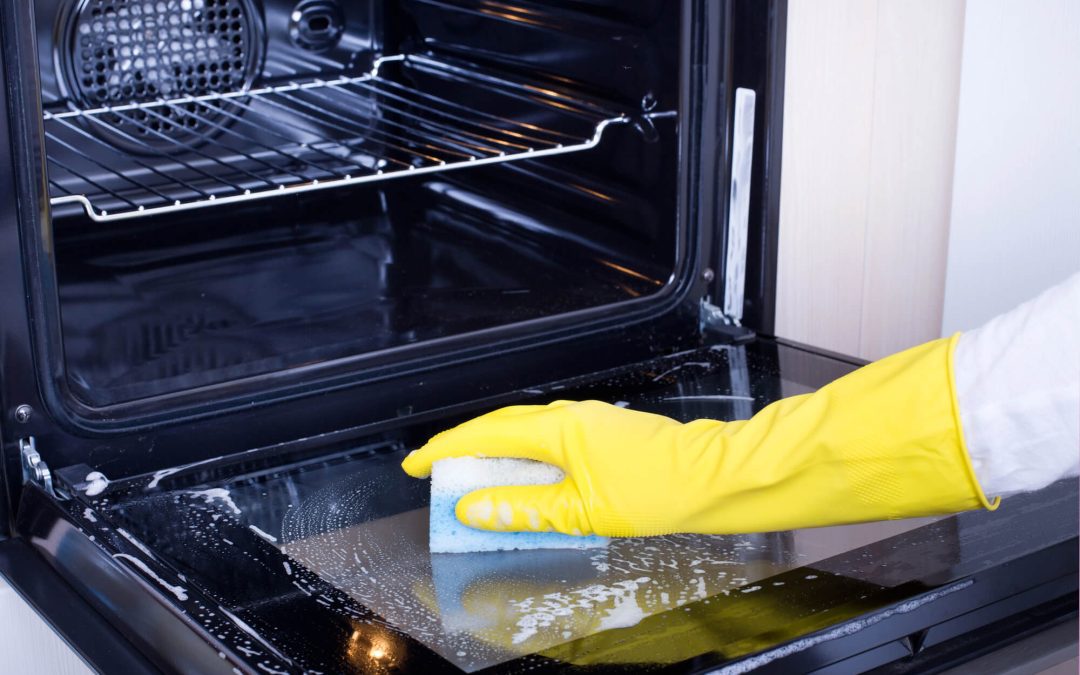Cleaning your oven might not be the most exciting chore, but it makes a huge difference in your kitchen. A clean oven looks better, cooks more efficiently, prevents smoke and unpleasant smells, and has a longer lifespan. Whether you’re dealing with a light mess or years of baked-on grime, this guide will walk you through how to clean your oven step-by-step.
Choosing the Right Method to Clean Your Oven
There are several ways to clean an oven, and the best method depends on how dirty yours is. If you clean it regularly, a quick wipe-down might be all you need. However, if you have stubborn grease and baked-on food, you’ll need a more thorough approach.
You can go the natural route using baking soda and vinegar or opt for a heavy-duty commercial cleaner. Some ovens also have a self-cleaning function, which can be convenient. Each method has pros and cons, so let’s break them down.
The Natural Cleaning Method
If you prefer to avoid harsh chemicals, baking soda and vinegar are your best friends. Start by making a paste with baking soda and water—enough to spread easily but thick enough to stick to the oven walls. Spread the paste all over the inside of the oven, paying special attention to tough stains. Let it sit overnight or at least for several hours.
Once the baking soda has had time to work, wipe it off with a damp cloth. If there’s any residue left, spray it with white vinegar. This will cause a foaming reaction that helps lift away stubborn spots. Wipe everything down again until it’s clean. If needed, repeat the process for extra stubborn buildup.
Using a Commercial Oven Cleaner
For ovens that haven’t been cleaned in a while, you might need a commercial oven cleaner. Before using any cleaner, make sure your kitchen is well-ventilated by opening windows or turning on a fan. Follow the instructions on the cleaner, usually applying it to the interior and letting it sit for a specified time before wiping it away.
Wear gloves and be careful not to inhale fumes. After the cleaner has done its job, wipe the oven thoroughly with a damp cloth to remove any residue. Be sure to rinse multiple times to avoid leaving behind any chemicals that could affect your food.
The Self-Cleaning Option
Many modern ovens have a self-cleaning feature that uses high heat to turn food residue into ash. While this sounds convenient, it does have some drawbacks. The extreme heat can produce smoke and a strong odor, so it’s important to stay nearby and ensure proper ventilation.
Before starting the self-clean cycle, remove any large food debris manually. After the cycle is complete and the oven has cooled, wipe away the remaining ash with a damp cloth. Avoid using commercial cleaners immediately after a self-clean cycle, as the oven’s surface can be sensitive.
Cleaning the Oven Racks When You Clean Your Oven
No matter which method you choose, remember the oven racks. Remove them and soak them in warm, soapy water for a few hours. If they’re extra dirty, add baking soda and vinegar to the water or scrub them with a paste. After soaking, scrub them with a sponge or brush, rinse, and dry them before putting them back in the oven.
Cleaning your oven doesn’t have to be a dreaded chore. With the right method and a little bit of time, you can keep it looking great and working efficiently. Whether you go with a natural solution, a commercial cleaner, or the self-cleaning function, a clean oven makes cooking more enjoyable and your kitchen a better place to be.
FAQs
How often should I clean my oven?
It depends on how often you use it. If you cook frequently, a deep clean every three months is ideal. If you don’t use it much, twice a year should be enough. Wiping up spills as they happen can help reduce the need for deep cleaning.
Is it safe to use oven cleaner?
Yes, but always follow the instructions and ensure good ventilation. Wear gloves to protect your hands, and wipe away all residue before using your oven again.
Can I use aluminum foil on the bottom of my oven to catch drips?
It’s not recommended, as foil can interfere with heat distribution and damage the oven’s interior. Instead, use a baking sheet or an oven liner designed for this purpose.
Why does my oven smoke when I turn it on?
Smoke usually comes from built-up grease and food residue burning off. Cleaning your oven regularly can help prevent this. If it still smokes after cleaning, check to make sure no cleaner residue remains.
Overview Property Inspection offers home inspection services in Edmonton and the surrounding area. Contact us to schedule an appointment today.

